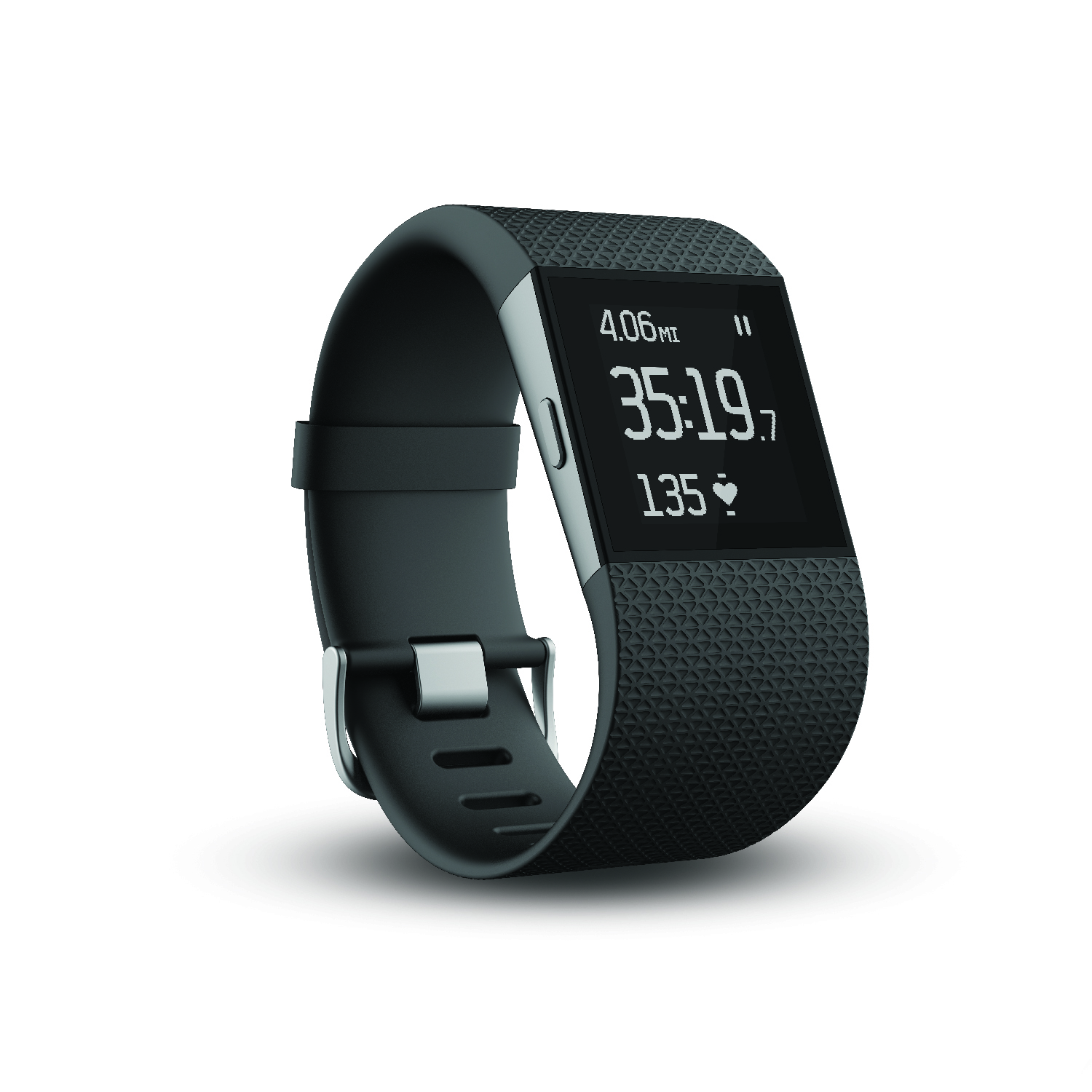

How it came up with a 5:09 max pace I don’t know, because I don’t recall having fallen down the stairs, which is the only time I achieve such velocity without some sort of mechanical assistance.Īnd finally, the Polar, which knew heart rate and weight: I started Endomondo slightly later than the Band and the Polar, hence the time and distance discrepancy. The Band said my average heart rate was 156 bpm and that I burned 794 calories.Įndomondo, using GPS and how much meat I schlep around our fair planet as inputs, pegged my calorie count higher (908). Mile 6 is also quite perplexing, as I was pretty tired, but at an 8’49” pace probably not running quite 166 bpm hot. During mile 3, we cut out for a good while, though the heart rate estimate of 159 for the split is probably not too far off, though elevated because I’d killed myself in mile 2 and was on the high end coming into 3. I was well over 160, maybe into the 170s during much of it. The Band, probably a bit loose (user error, OK), went out of contact/got unreadable. If you look at the graph you can understand why. First is that during mile 2, at a 7’32” pace, I wasn’t probably averaging 126 beats per minute. The Polar has just weight and heart rate.
#Microsoft band 2 sleep tracker plus#
The Band has GPS and heart rate plus my weight and age (170 lbs, 47). I wore the Band on myleft wrist, a Polar FT7 on my right (plus chest strap, obviously), and to add a bit of spice turned on GPS and Endomondo on the HTC ONE phone. I went on a run around Denver’s Stapleton neighborhood Three nights ago, more or less a 10K as my daughter kicked around at the Bladium. I have data as well as anecdotal evidence for this. But it’s not as accurate as a chest strap. But I live in Denver, where one doesn’t need a UV sensor to tell one to sunscreen up between dawn and dusk.) (The most shaky seems to be the UV sensor, whose utility I question anyway. But ultimately the good vastly outweighs the shaky. I’ve read a bunch of reviews and all the reviewers, doing their jobs, did find fault. Comfortable enough to sleep in, not too large, clasp as magnificent (if less neck-saving) as my Shimano mountain-biking clips, vibrates with incoming phone calls and texts before my phone hints at intrusion, sleep tracking is pretty cool, the app and Web interfaces are deep and interesting… in all hard to complain. This post is about heart rate monitoring accuracy, but before I go on, the Band 2 is quite a remarkable bit of technology. I’d looked at the Band 1 a year ago and was a bit scared off by its extreme flatness the Band 2 has a nice arch. If Microsoft Band's services officially disbanding means you're now in the market for new fitness trackers or smartwatches, consider checking out some of our coverage.I bought Microsoft Band 2 a few weeks back ($200). The post also notes that resetting the device after the May 31 shutdown will render it inoperable. Recording activity data (runs, bike rides, hikes, etc) Recording and tracking daily health information (steps, heart rate, basic workouts) In the post, Microsoft also explained how users can recover or delete their data from the service before it shuts down, and confirmed that though the service and apps will be unavailable, going forward the devices can still be used for the following actions: If you're not an active user but have a Band that's still covered under Limited Warranty, you may also be eligible to receive the Band 1 refund of $79.99 or the Band 2 refund of $175.00.Įligible users will reportedly receive an email with further instructions, and must claim the money by Aug.

1, 2018, and March 1, 2019, you can apply for a refund. This is where it gets interesting: Microsoft also noted that if you own a Band 1 or Band 2 device and have completed a data sync from the wearable to the Health Dashboard at any time between Dec. The company went on to explain that Band applications will be removed from the Microsoft Store, Google Play, and iOS App Store, which means the phone apps will cease to work after May 31, and all server-side data will be deleted. In an on-site post, Microsoft announced "the end of support for the Microsoft Health Dashboard applications and service." Microsoft’s HoloLens 2 is a huge leap forward for augmented reality


 0 kommentar(er)
0 kommentar(er)
